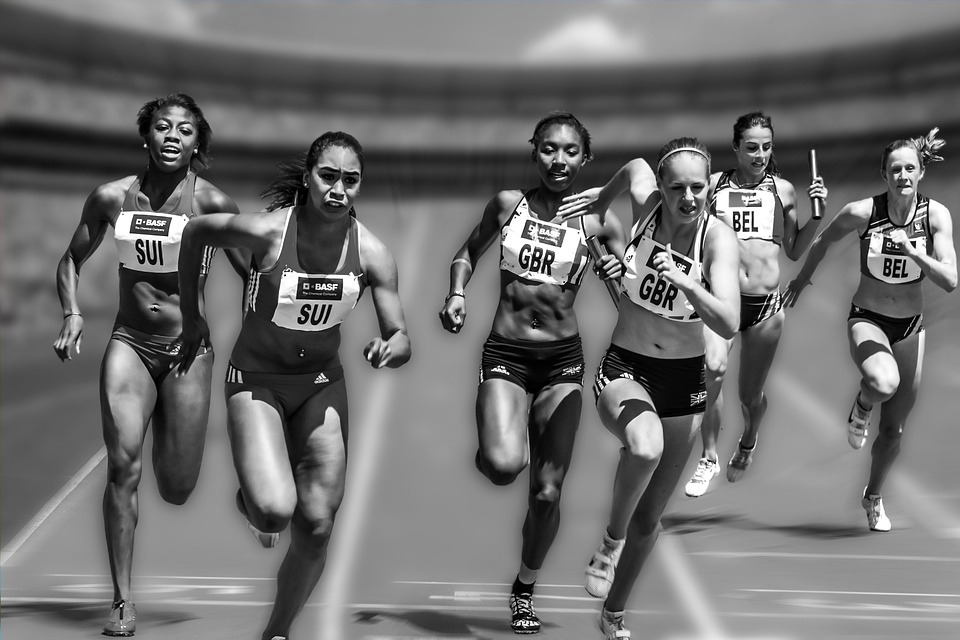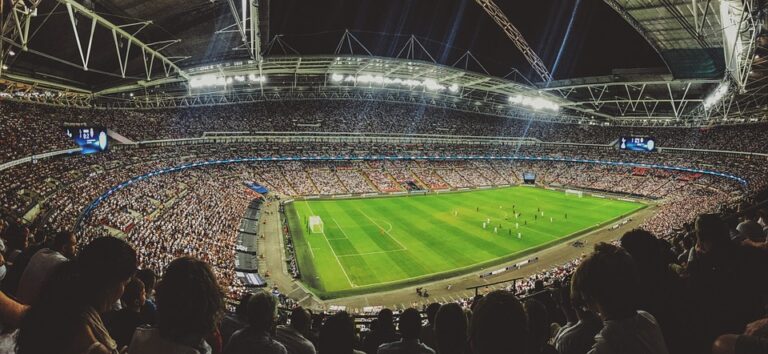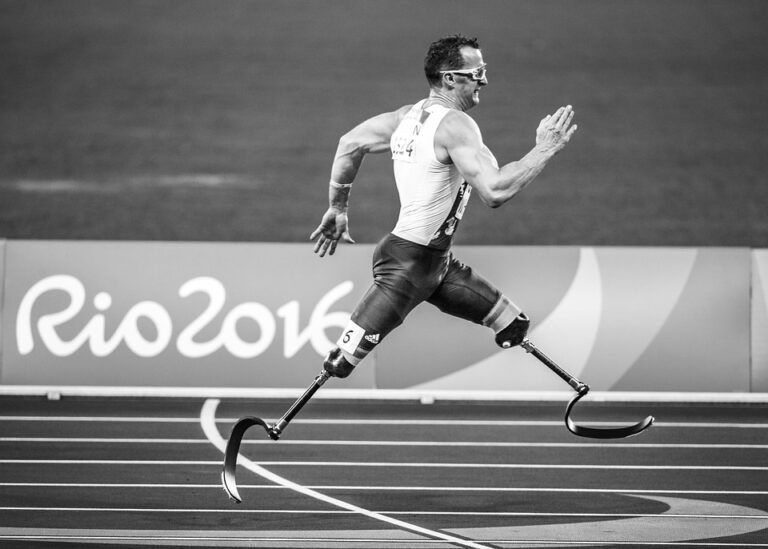Sports violence
In ancient societies, athletics and competitive contact games in particular have always been cruel, but the aggressiveness of the past tempered the insistence that playing hard, playing to win, is not acceptable to play to cheat and hurt. The Greeks were among the first nations to express mathematical ideals. As Pindar declared, the mathematical ideal included courage and endurance combined with humility, dignity, and fairness, those elusive qualities which the Greeks called Aidos. As the sport became more specialized, the general public increasingly withdrew to the spectators. The history of sport reveals that although Greek sports were increasingly marred by corruption and bribery, they flourished in an era that saw the rapid expansion of stadiums and arenas under the Roman Empire. During the Roman Empire, violence in sport became the generally accepted principle and was not only endorsed by spectators, but also embraced as a social norm.
In recent years, sports violence has come to be seen as a social problem. Commissions have been appointed in Canada and England to investigate violence between hockey players and football fans. Today there are numerous examples of violence in professional sports, such as the United States, Canada, Greece, Italy and Germany, and court cases involving victims of perpetrators have been heard. Newspapers, magazines, and television programs depict bloodied athletes and rowdy fans at hockey, boxing, football, soccer, baseball, and basketball matches with what appears to be increasing regularity. But are sports violence incidents really increasing, and if so, what is the reason for this negative increase? Or does the increased public interest and media focus on sports violence not reflect an increase in the incidence or intensity of aggression, but rather a greater public interest in ethical issues and political discourse?
Contrary to popular belief, there appears to be a growing discontent with sports violence. Changes in the rules of the sport, developments in equipment design, and even the physical properties of modern sports fields have been made in an effort to reduce violence or its consequences. But there remains an ambivalent attitude toward sports violence among sports management teams, government officials, fans, and the athletes themselves. The contradiction takes the form of justifying the existence of violence in sport, without taking personal responsibility for it. Coaches and managers tend to blame the fans, saying that violence is what draws people to stadiums, because the stakes involved make the game “more exciting”. Athletes frequently admit they oppose violence, but coaches expect them to. Fans justify it by attributing aggressiveness to the athletes and situational aspects of the game. Violence is viewed by spectators as an inherent part of some sports as one cannot play games such as hockey or soccer, without accepting the necessity of violent action.
However, public opinion tends to focus more and more on sports violence as major developments in the technologies used have increased media coverage making information available to a wide global audience. Thus, contemporary critics tend to regard sports violence as a global phenomenon with a future trajectory and deeply troubling social consequences.






